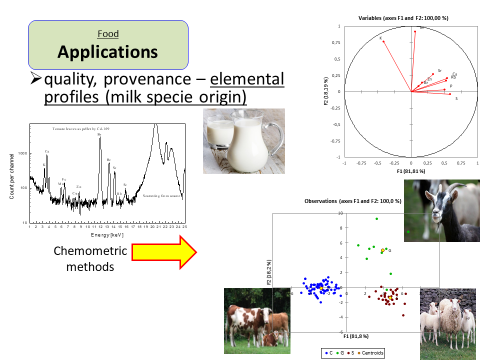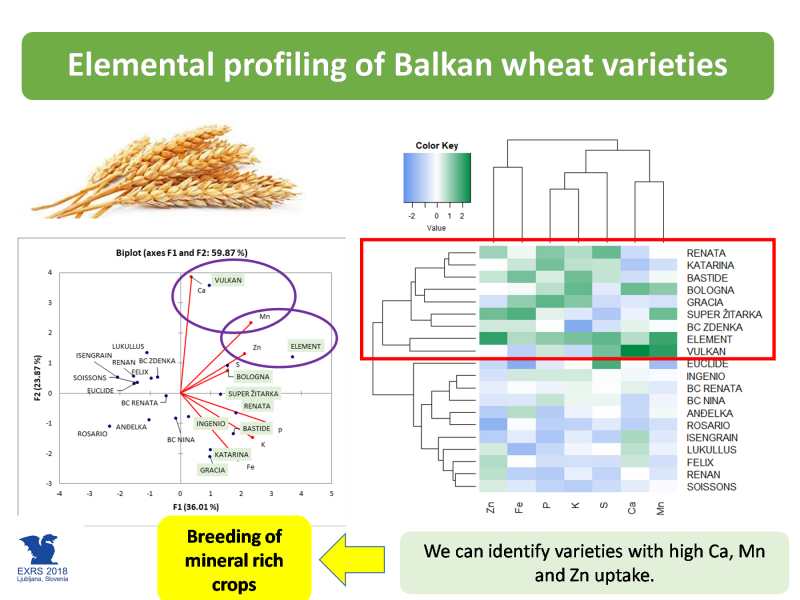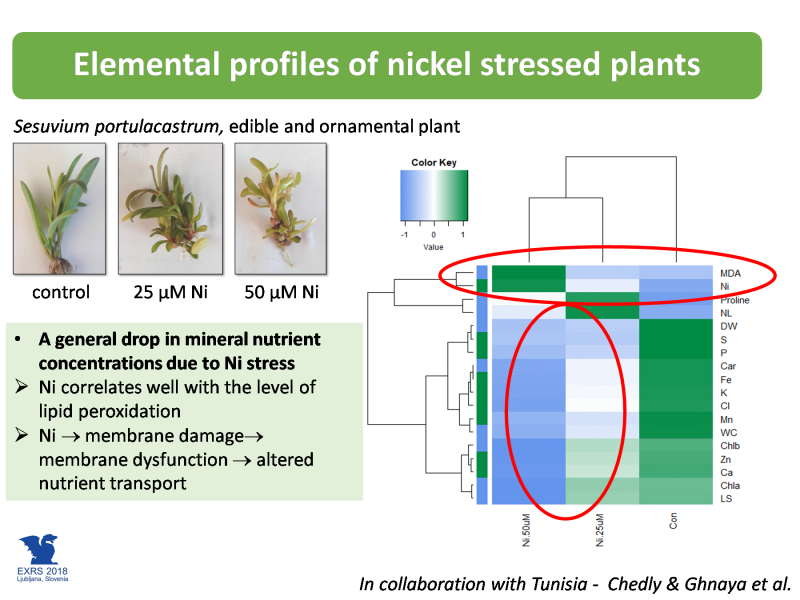XRF - Laboratory for X-ray fluorescence spectrometry
Jožef Stefan Institute,
Jamova 39,
SI-1000 Ljubljana,
Slovenia
T:+3861477368
Leader: Dr Marijan NečemerCoworkers: Prof. Dr Katarina Vogel-Mikuš, Dr Peter Kump

The XRF Laboratory was established in 1992 at Jožef Stefan Institute by dr. Peter Kump with the aim of providing users with fast, non-destructive multi-element characterization of a wide range of materials from the fields of environment, biology, food, pharmaceuticals, metals, industry and semi-finished products, cultural heritage and of archaeological origin. XRF provides a fast, easy and non-invasive insight into the elemental composition of samples that are either solid (e.g. metals, environmental, biological and chemical samples) or (semi-)liquid (e.g. viscous substances such as paints, honey, body fluids).
We can determine a wide range of elements from Al to U (also S, P, Cl, Se, Br, I, rare earth elements Sc, Y, Nd, La, Ce, Pr, Pm, Sm etc.). We have several energy dispersive spectrometers (EDXRF) with excitation by radioactive sources (Fe-55, Cd-109, Am-241) or X-ray tubes (Mo, Rh anode) and TXRF (X-ray spectrometry with total reflection).
The analysis of solid samples is performed directly or with minimal preparation, which includes drying, grinding, milling and compression of the pellets. (Semi-)liquid samples can also be analysed directly by TXRF.
XRF is a complementary method to AAS, OES and ICP-MS, with the advantage that the XRF analysis is relatively simple, with low costs for sample preparation, as chemical degradation by acids and microwave-assisted digestion is not required. It is not necessary to dilute the samples, and with XRF analysis we can also detect elements that were not expected in the sample after only a few minutes of measurement. Taking into account the measurement and the quantitative analysis of the spectrum, the analysis takes some 10 minutes, with TXRF 3 minutes. The detection limit of EDXRF ranges from 1 to few 10 µg/g, and 0.1 to 1 µg/g in the case of TXRF, depending on the material and the individual element.
A special feature of the XRF analysis in our laboratory is the software package for quantitative XRF analysis of the elemental composition of the samples, based on fundamental parameters, developed by dr. Peter Kump. The problem with quantitative XRF analysis is that some elements do not response on the detection system. These are mainly C, N and O, which are the components of the so called "dark matrix". With the help of an innovative approach of the measurement of the total absorption on the sample, it is possible to determine the "dark matrix" of the sample experimentally, which then serves as the basis for calculating the final concentrations of the elements in the sample.
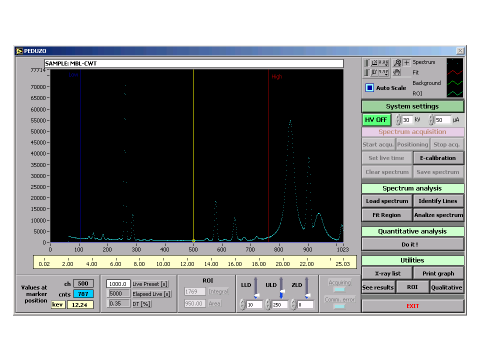
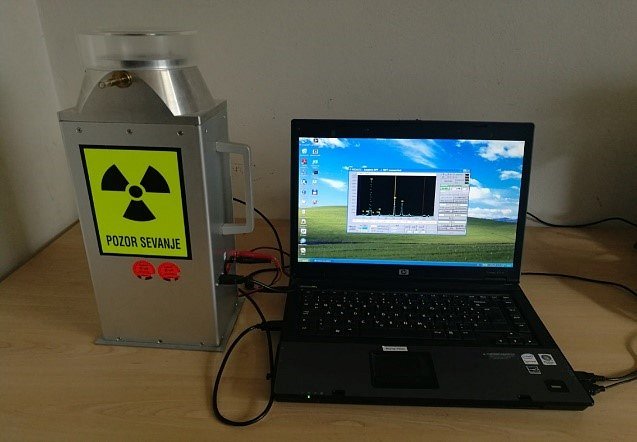 Figure 2: Portable XRF spectrometer designed and assembled in our laboratory
Figure 2: Portable XRF spectrometer designed and assembled in our laboratory
